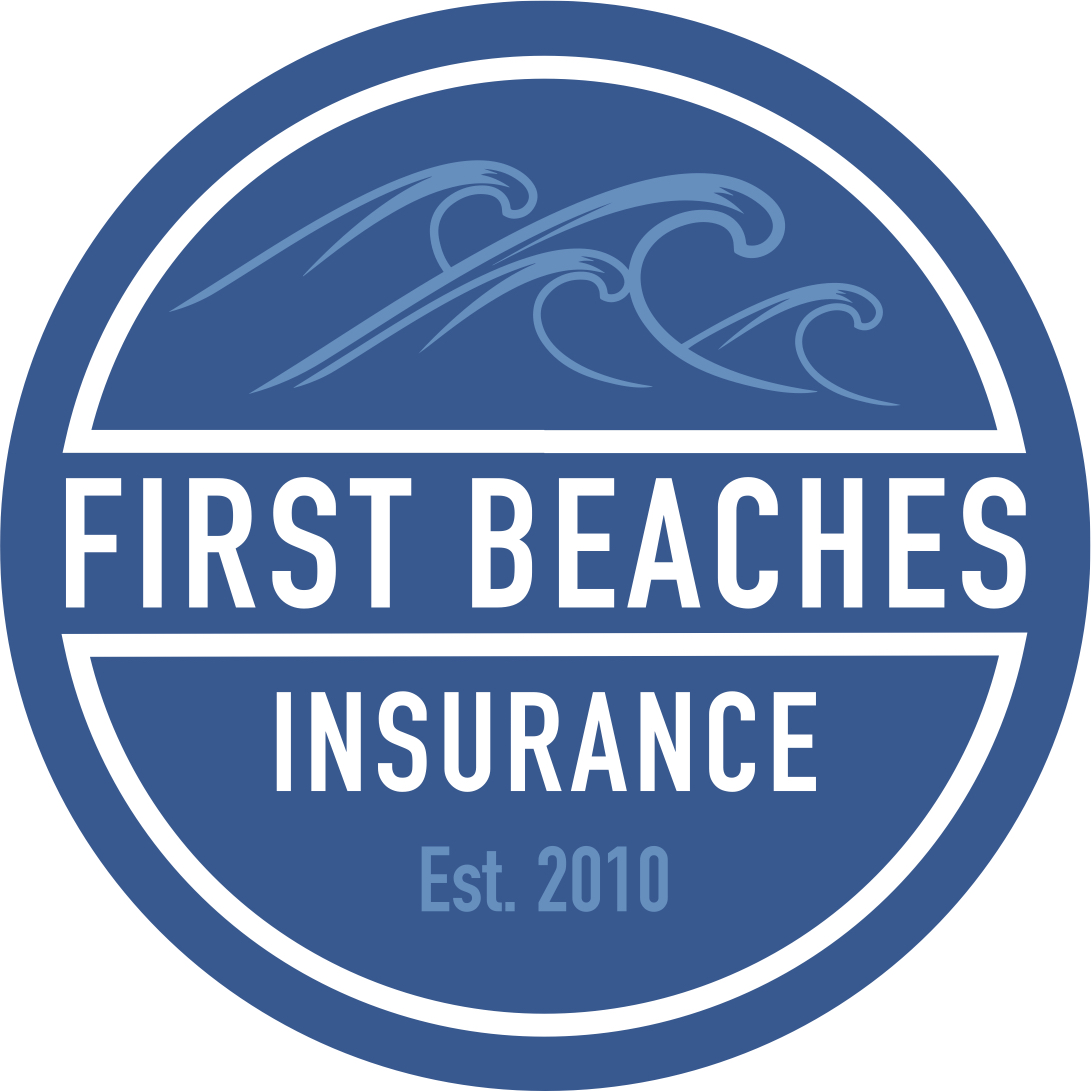Are you considering buying a recreational off-road vehicle (ORV) for your next adventure? With an ORV, you can tackle tough terrains and explore in ways that are often not possible with a traditional automobile. But before taking to the trails, it is important to understand the potential risks associated with operating an off-road vehicle so that you can stay safe while having fun. In this blog post, we will discuss what safety measures to take when driving an ORV – such as getting liability insurance or purchasing additional accessories – as well as familiarize you with the different types of ORVs available on the market today. Read on for essential information to help make sure your next ride is both exhilarating and protected
ATVs (All-Terrain Vehicles)
ATVs come in two forms – utility and sport. Utility ATVs are more focused on work-related tasks such as hauling, towing, and plowing, while sport ATVs are geared towards recreational activities like racing and off-road adventures. To maximize your experience, consider investing in these essential ATV accessories – helmets, gloves, goggles, bumpers, winches, and saddlebags.
UTVs (Utility Terrain Vehicles)
UTVs are bigger and require more power than ATVs. They are often used for work-related tasks in rural areas such as farming, forestry, ranching, and construction. UTVs are also used for recreational purposes like hunting, fishing, camping and off-roading. The best UTV accessories are windshields, gun racks, roof and cargo racks, winches, and extra lighting.
Dirt Bikes
If your adventure spirit craves pure adrenaline rush, dirt bikes should be your preferred choice. Dirt bikes are lightweight, fast, and agile, making them perfect for navigating through rough terrains like hills, mountains, and rocky trails. Popular dirt bike accessories include helmet cameras, handguards, skid plates, radiator guards, and exhaust systems.
Side-by-Side Vehicles
Side-by-side vehicles, which are also known as SxS are like UTVs but with a sportier appearance. They are designed for two or more riders and can reach high speeds. Side-by-side vehicles are ideal for recreational activities such as hunting, fishing, and off-road adventures. To make the most of your SxS experience, consider adding a winch, brush guard, cargo bed, and overhead stereo system.
Safety of ORVs
Before you hit the dirt tracks or backcountry, always dress for protection. Protective gear is critical when operating ORVs to keep you safe in case of a fall or collision. Proper training and licensing is critical before hitting the trail. Ensure that you take a safety course to understand the ins and outs of your vehicle and the challenges of off-road terrains. All states require riders to have a driver’s license before operating an ORV, and, in some cases an ORV certification is necessary.
Inspect your vehicle before each ride to ensure that brakes, tires, lights, and other parts are functioning correctly. Always keep an emergency kit with you that includes basic tools, a flashlight, and extra bulbs. Another important safety factor is to respect boundaries and nature. Do not ride on trails that are not designated for ORVs. Stay on the designated trails and avoid damaging any natural habitat or wildlife. Most importantly, ride with a buddy! Riding with a buddy or as part of a group ensures you have other to help out in case of an emergency. Always carry a mobile phone and make sure it has a full charge before you ride.
Importance of Insured ORVs
ORVs are not immune to accidents, theft, or damages. Accidents can happen anywhere, and on any terrain. With ORV insurance, it can help cover medical bills, repair costs, and legal fees. Always check with your insurance provider for the available coverage options. Insuring your ORV is not only a smart financial decision but also a legal and responsible one. It can protect you, your passengers, other drivers, and your ORVs against accident, theft, and damages.

